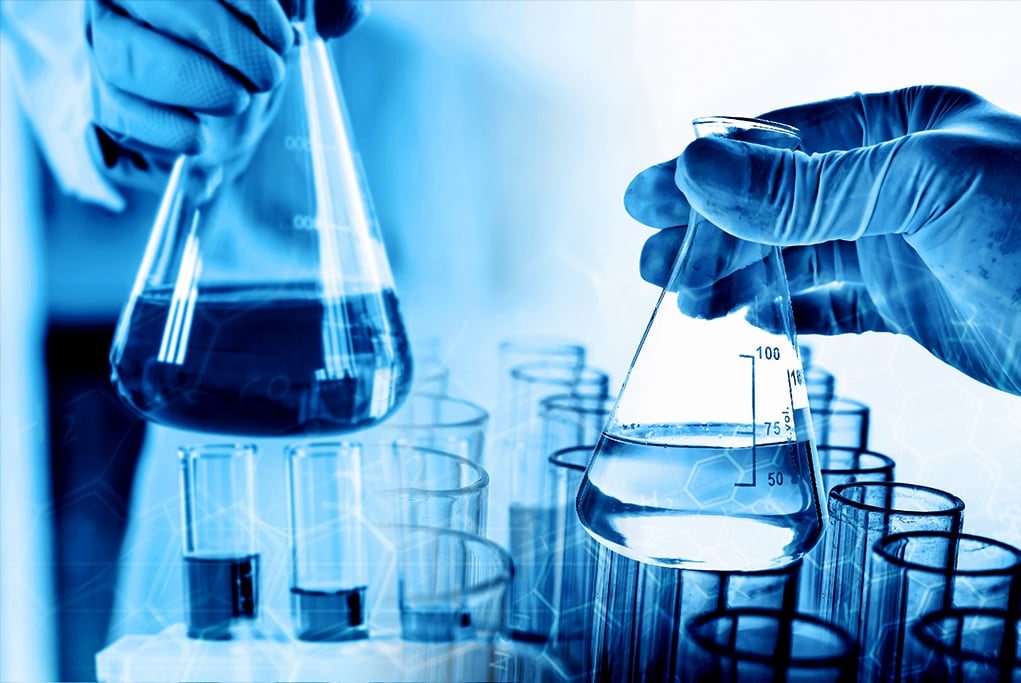ETHYLENE GLYCOL (EG)
(EG) Ethylene Glycol aka (MEG) Monoethylene Glycol
HOCH2CH2OH
Ethylene glycol is a colorless, practically odorless, low-volatility, low-viscosity, hygroscopic liquid. It is completely miscible with water and many organic liquids.
HYDROXYL
GROUPS
The hydroxyl groups on glycols undergo the usual alcohol chemistry, giving a wide variety of possible derivatives. Hydroxyls can be converted to aldehydes, alkyl halides, amines, azides, carboxylic acids, ethers, mercaptans, nitrate esters, nitriles, nitrite esters, organic esters, peroxides, phosphate esters and sulfate esters. This chemistry permits ethylene glycol to act as an intermediate in a wide range of reactions. Especially significant is resin formation, including the condensation with dimethyl terephthalate or terephthalic acid resulting in a polyester resins.
ETHYLENE GLYCOL
INDUSTRIAL USES
The reactivity and solubility of ethylene glycol provide the basis for many applications. The widespread use of ethylene glycol as an antifreeze is based on its ability to lower the freezing point when mixed with water. The physical properties of ethylene glycol-water mixtures are therefore extremely important. The oil and gas industry uses EG for various operations including: Propane refrigeration units, Line heaters, pipeline hydrate depression, and other water dewpoint depression procedures.

LEADING WITH ETHYLENE GLYCOL SOLUTIONS
Contact Coastal Chemical to learn how we can assist with industrial ethylene glycol.
